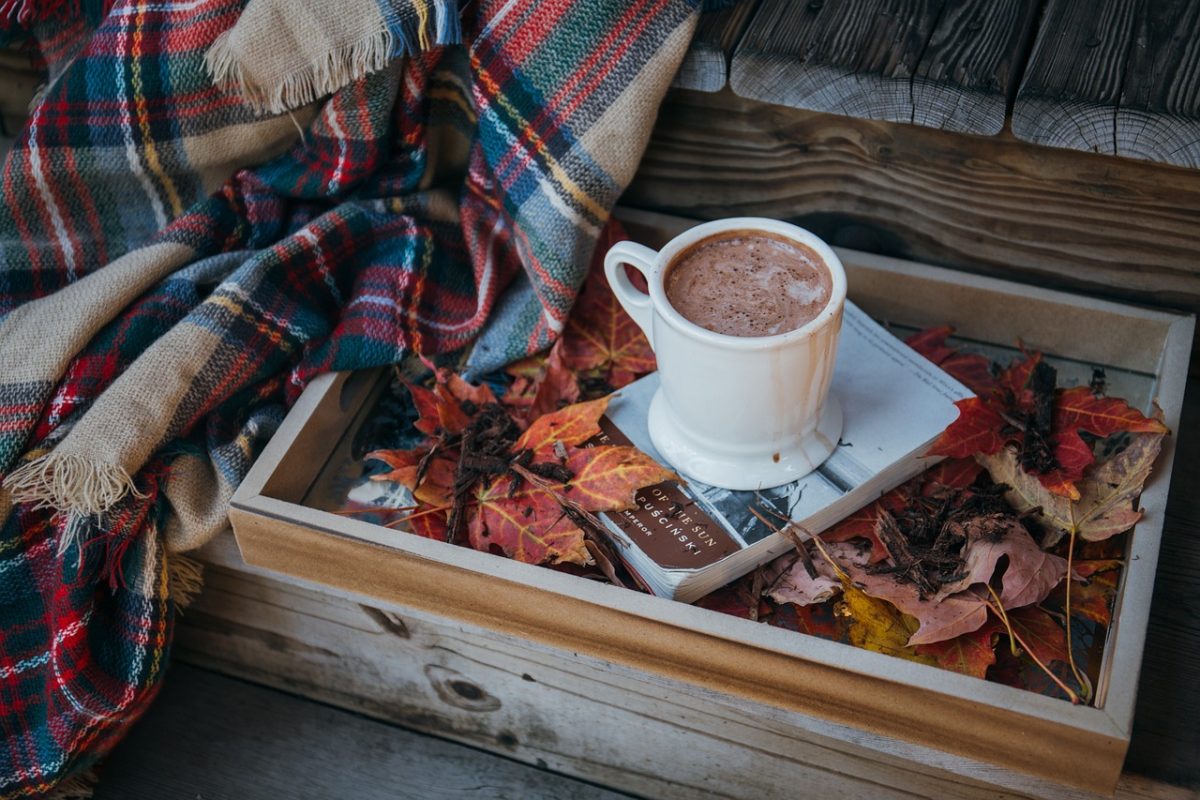It is the beginning of another winter which means it is time to indulge in our all time favorite holiday drink, hot chocolate! The history of hot chocolate, a cozy beverage that is loved by people all over the world, is as complex and varied as its flavor. The development of hot chocolate from ancient civilizations to modern cafes has been influenced by technological improvements and cross-cultural interactions.
Hot chocolate’s original purpose was very different from its modern implication with celebrations, and it was not intended to be a holiday beverage. During ceremonial and daily occasions, the drink known as “xocolātl” was consumed in its original form by the ancient Mayans and Aztecs. It was a frothy, bitter beverage instead of the sweet, creamy concoction we know today.
Ancient Beginnings:
The origins of hot chocolate may be traced back to Mesoamerica, where the cacao plant was first tamed over 3,000 years ago by the ancient Mayans and Aztecs. They began cultivating the cacao trees and discovered the drink made from those beans.The bitter and rich flavor of cacao was used to make “xocolātl,” a beverage. Specifically, the Aztecs sweetened their version with vanilla and jalapeño peppers, creating a frothy, refreshing beverage fit for a king or queen or special events.
European Adoption:
Spanish adventurers, such as Hernán Cortés, were first acquainted to the marvels of xocolātl when they came across the Aztecs in the sixteenth century. When the Spanish returned to Europe with cacao beans, the beverage saw considerable changes. The sharp drink was spiced with nutmeg and cinnamon and sweetened with sugar. The European invention of adding milk made xocolātl into the rich, creamy hot chocolate that we know today.
Royal Courts:
Hot chocolate became popular among European aristocracy and monarchy in the 17th century. It evolved into a representation of luxury and sophistication, served in elaborate porcelain cups in luxurious royal settings. European colonists continued to spread the beverage around the continents, modifying it to suit regional customs and tastes.
Rise of Chocolate Houses in the 18th Century:
Chocolate houses first appeared in large European cities in the eighteenth century. These places, which were similar to coffee shops today, developed into meeting places where people gathered to enjoy hot chocolate, share ideas, and have thoughtful conversations. The spread of hot chocolate through these chocolate houses caused it to become a common item.
Industrial Revolution and Mass Production in the 19th Century:
The Industrial Revolution, which arrived in the 19th century, transformed the chocolate-making process. Chocolate bars and cocoa powder could be produced in large quantities thanks to innovations like cocoa presses. The development of innovative methods, such as the production of milk chocolate, which increased the attraction of hot chocolate, was greatly aided by Swiss chocolatiers.
Convenience and Instant Hot Chocolate in the 20th Century:
Instant hot chocolate mixes were introduced in the 20th century, increasing the beverage’s accessibility. These practical goods quickly became household necessities, making it easy for people to enjoy a warm cup of hot chocolate. The traditional beverage gained a quaint and adaptable touch with the addition of marshmallows, whipped cream, and different toppings.
Modern Revival:
High-quality, artisanal chocolate has seen a rise in popularity in recent years. Hot chocolate has been taken to new levels by specialty coffee shops and craft chocolatiers who are experimenting with single-origin chocolates, unusual taste combos, and substitute milk options. This modern rebirth honors the beverage’s lengthy heritage while also satisfying modern palates. Especially in Western societies, the connection between hot chocolate and holidays grew over time as the beverage began to represent coziness and decadence. Hot chocolate’s richness and warmth made it an ideal choice for the chilly winter months, which furthered its association with joyous festivities.
Conclusion:
The narrative of hot chocolate, from its prehistoric origins in Mesoamerica to its current standing as a popular beverage around the world, attests to the delicious beverage’s popularity. Today, when we have a cup of hot chocolate, we are taking part in a custom that has crossed centuries, countries, and cultures. Enjoy your holidays while gaining new knowledge on the origins of hot chocolate.

